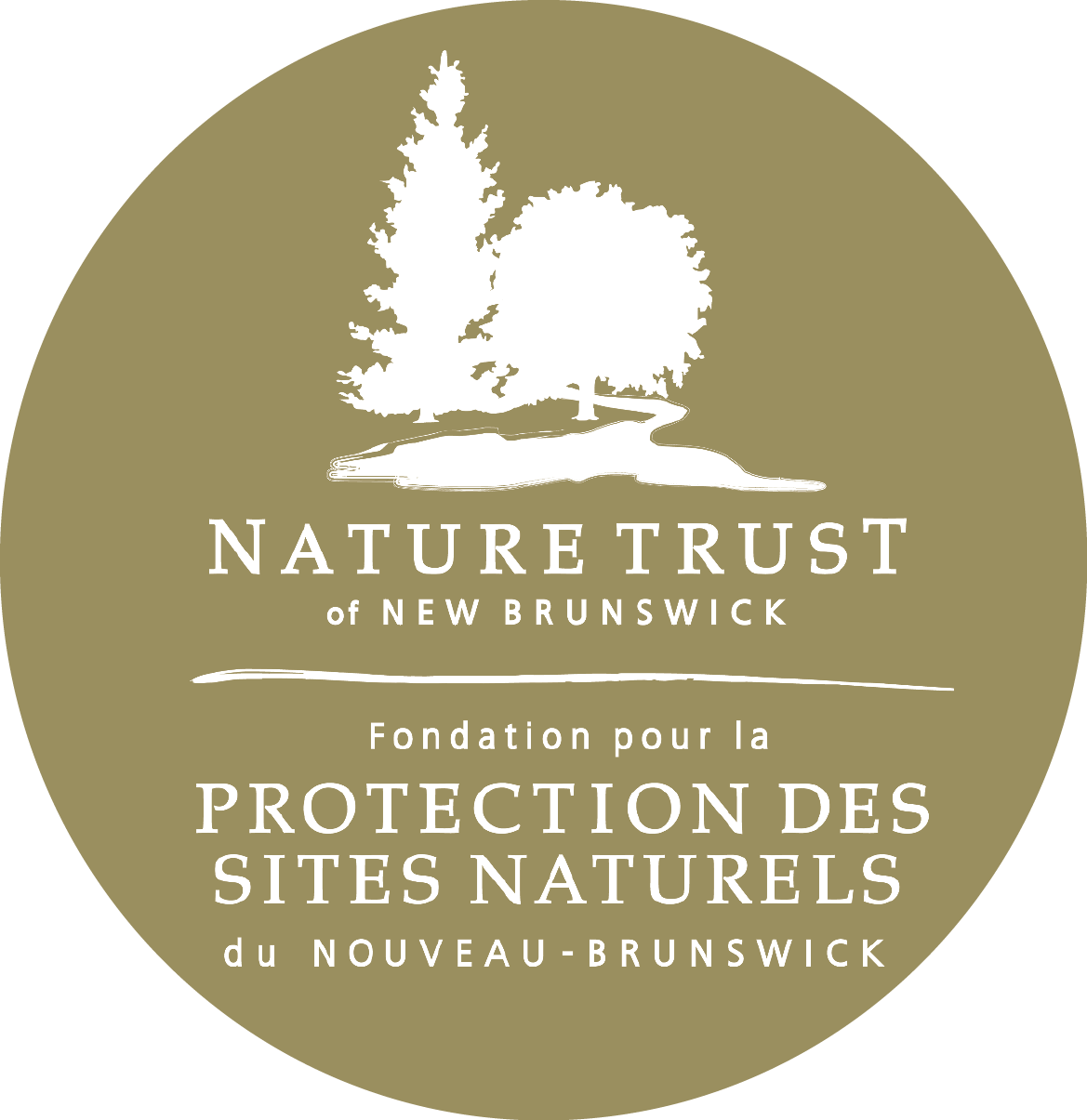Overview
Hyla Park is located within the City of Fredericton and was the first Amphibian Park in Canada nominated by National Geographic. It used to be the north-eastern limit of distribution for the gray tree frog (Hyla versicolor), which has changed due to climate change. The 8-hectare (19 acre) park is owned by the City of Fredericton and is leased to the Nature Trust. Thanks to the Nature Trust and many individuals and organizations involved in restoration, Hyla Park became a nature sanctuary.
History
In 1995, the Nature Trust entered into a lease agreement with the City of Fredericton “for the purpose of protecting and preserving the gray tree frog (Hyla versicolor) and its habitat for future generations”. Historically, the site has been subjected to considerable environmental degradation and disturbance. In the past it has been used as a gravel extraction site and a race track. Hyla Park has the distinction of being the First Amphibian Park of Canada and has been featured in the pages of the National Geographic Magazine.
Ecology
Hyla Park has a number of wetlands and ponds that vary in size with the seasons. In addition to the gray tree frog, this preserve is home to six other species of frogs and toads which is significant due to the concern about their declining populations. The preserve also hosts three species of provincially rare plants: the redmilkwort (Polygala sanguinea), the narrow-leaved gerardia (Agalinustenuifolia) and the small-flowered gratiola (Gratiola neglecta).
Access and Activities
The park is a great place to visit, with a short network of trails that meander through the woods and along the wetlands. Hyla Park is accessible by car and by the Fredericton trail system. If driving, park behind the Drive Baptist Church at 150 Greenwood Drive.
**Please note that this wetland contains high levels of heavy metals and is unsafe for drinking or recreation. Please stay on the trail and keep children and dogs out of the water.
*The property is undeveloped and there are a variety of hazards and risks associated with accessing this preserve. While this nature preserve is open for public access, visitors must assume responsibility for their own actions and safety and are to use the land at their own risk.


